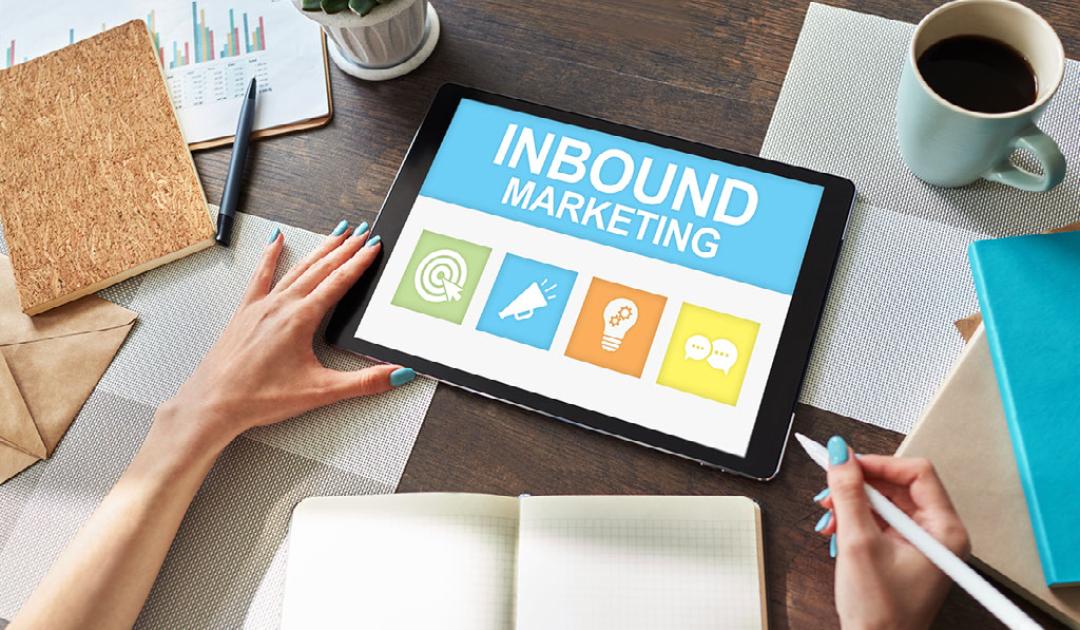
What are the similarities and differences of account-based marketing vs inbound marketing? Learn the pros & cons of engaging both strategies.
Account-based marketing vs inbound marketing should not be an either-or situation. The two can – and should – work in conjunction with one another to help you reach your target audience.
It might sound conflicting to say that you’ll design content that attracts new visitors through inbound marketing and that you can also create content that is so personalized to the needs of one specific account that it helps them convert. But it is possible to engage both of these marketing strategies for the greatest possible growth and customer engagement.
We’ll examine what inbound marketing is, how to use account-based marketing and the benefits of the marriage of both marketing strategies.
Before we explain how to use inbound marketing and account-based marketing in conjunction, you need to have a strong concept of what each of these terms means. Here are definitions along with the pros and cons of each of these strategies.
By now, many people are familiar with inbound marketing. It’s the strategy of creating engaging content that attracts, delights and converts potential customers. The goal is to build meaningful relationships with your customers so that you can grow your company and reach your full potential.

Inbound marketing aims to help you reach your audience in three phases.
And as people move through these phases, they go from strangers to prospects and then to promoters, helping you grow your organization. You’ll need different marketing strategies for each of the three phases of inbound marketing to accomplish your goals.
Inbound marketing pros
Inbound marketing cons
Getting to know your audience in-depth is an essential part of any marketing strategy. But account-based marketing takes that one step further in designing personalized experiences based on each prospect.
Together marketing and sales teams strategize how to group buyers into accounts instead of looking at each individual buyer as a customer. That way, sales and marketing can create customer experiences based on the group of customers within an account.
Account-based marketing is ideal for high-value products and services. Many B2B businesses benefit from this type of marketing due to the complexity of the sales process.
Account-based marketing pros
Account-based marketing cons
With a greater understanding of each of these types of marketing, you can now begin to examine how they are similar.
When used together, inbound marketing aids in attracting new customers and account-based marketing speeds up the 3-step process of inbound marketing by providing even more valuable customer experiences through deep customer understanding of certain segments of your audience.
You can’t effectively use account-based marketing without an inbound approach. That’s because inbound focuses on valuable content that builds relationships, which is important if you’re aiming to show your customers that you understand their needs.
Focus your marketing on subsets of your audience with account-based marketing. To get started, you’ll need to follow these tips.
Review your audience as a sales and marketing team. Then review the data and subsets of your audience. This could be based on company size, sales process, geographic location, revenue, etc.

You might create buyer personas for these groupings of accounts so you and your team can better understand the account, their needs and why they matter. This will help you find the best way to reach the account.
Account-based marketing focuses on understanding the decision-makers involved in complicated purchasing processes. There is an average of seven people involved in most buying decisions. While those seven people might vary based on the company, you’ll find many similarities in these buying teams and their team members.
Once you know more, you can engage each of the members of buying teams the way they need to be engaged to finalize their purchasing decision.
Evaluate the challenges that each stakeholder faces and then develop content that helps overcome the challenges.
Now that you know the members of each account, you can engage the customers in the way that’s best for them. This might be email for some, social media for others or one-on-one conversations.
This phase is about relationship building. You want to take the time to get to know your customers and the teams making decisions.
Some buyers tune out information, especially when it is information that they don’t want to hear or aren’t ready to hear.
You need to engage these buyers and speak about your product or service when necessary. Remember, your goal is to educate and serve as a resource without selling too hard.
The final phase of account-based marketing is reporting on what you’ve learned to increase your chances of earning the sale with other similar accounts in the future.
Inbound marketing and account-based marketing will help you build valuable relationships with your customers while increasing your bottom line. If you’re unsure where to get started with marketing strategies for your business, schedule a free consultation with New Light Digital. We’ll discuss ways that you can best engage these strategies based on your industry, target audience and products/services.
Further reading: